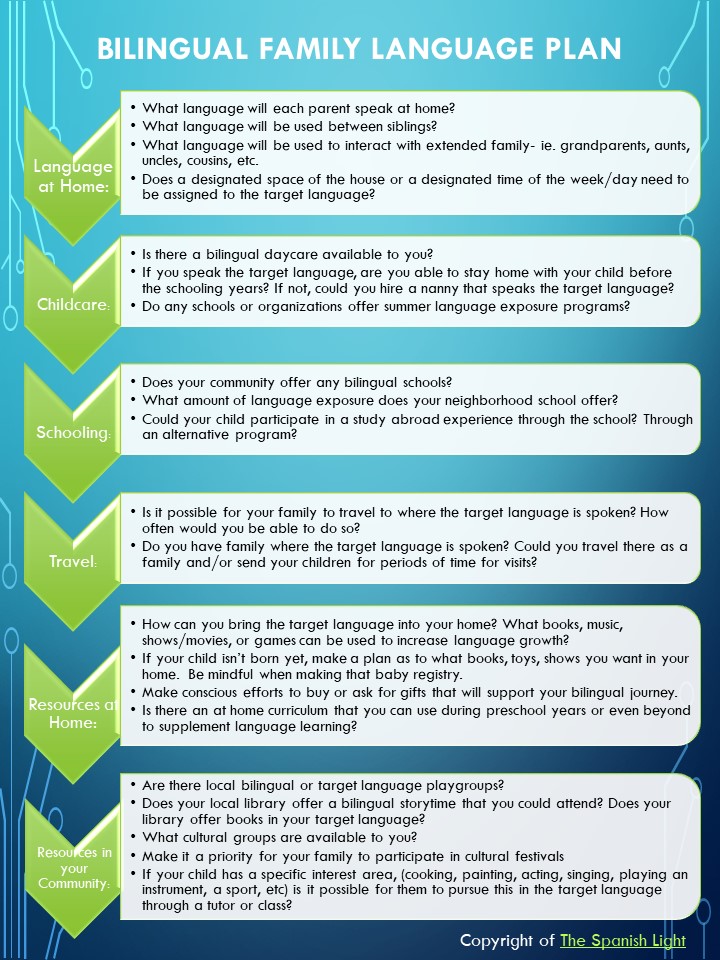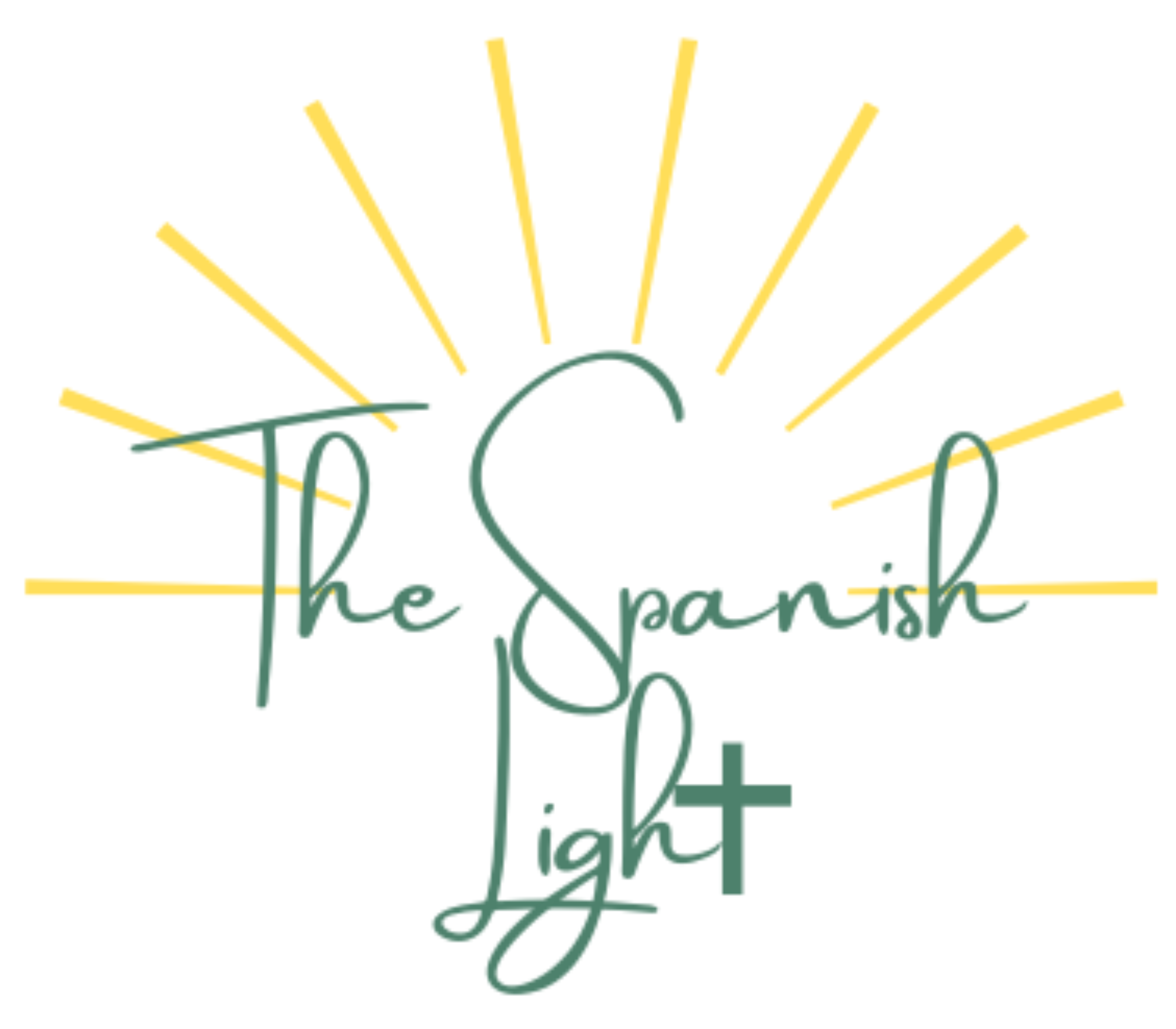Planning to raise bilingual children?
So you want your child to grow up to be bilingual? High five, I’m right there with you. I have a secret to tell you though if you lean in. Just wanting it is nothing more than a wish if you don’t have a plan set in place. I have countless of friends who are bilingual and desired to raise their children bilingual as well, but they haven’t been successful, in their words not mine.
“A goal without a plan is just a wish.”
This bilingual journey is not an easy one no matter your own language ability, but it IS worth it and it IS possible. Raising your children to be bilingual is something you have to plan for. In fact, too often families don’t make a conscious, informed decision on how to raise their children in regards to language.
What’s your goal?
Like with any goal, you need to be specific on what your goal is. I don’t think that saying, “I want my child to learn Spanish.” is a specific enough goal. Do you want him/her to learn some words and phrases? Be able to get by when traveling? Be conversational? Or be biliterate/bilingual/bicultural? That last one is me all the way, and I’ve got my eyes set on the prize.
You should set the goal that you have for your children and what you think will work for your family based on your experience, setting, and means available to you. Ideally this plan should map out language exposure from prenatal through secondary schooling.
The early years are the years in which children are most receptive to language, and as parents we should take advantage of this time. However, don’t be discouraged if you feel you’ve already let too many years pass you by. It’s never too late to start. Learning will happen. Not ever starting is your enemy, not the fact that you haven’t yet.
Bilingual family language plan
Below I’ll list for you some topics to think through as you make your bilingual family language plan. Take the time to sit down and consciously make a plan for how to get to your bilingual goal. Get it in writing!
Start by reading through one bullet point at a time and pause to reflect on what you may already know and think about each area. Take into consideration where you are in your journey, what age your child is, what’s available to you, and plan from there. No, you can’t fully plan out what the journey will look like when your now preschooler is later in high school. However, you can begin now to think about what you’d like to see even in that stage and what steps you can take to equip him/her for success.
Keep in mind not all of these topics may apply to your situation nor is this an exhaustive list.
[Click on the image below to download it FREE as a PDF.]

How do you feel after thinking through these? My hope is something new came into light for you. If you feel overwhelmed, start small. As you begin to expose your child to the language, you will see growth. How much exposure you provide is what determines how much growth you’ll see.
Is there an area I overlooked when crafting this list? Is there a creative idea that occurred to you while reading through this list that has sparked some encouragement in you? I’d love to hear your thoughts, so leave me a comment below.
My entire blog is essentially built with the idea of providing you support, resources and ideas of how to move forward and grow, so dig around for more ideas. Or better yet, make sure you’re signed up for my newsletter so you don’t miss a post, and share this if it’s been helpful.
Animo amigos.


This is so needed. Melissa and I have definitely been intentional with both our kids to have both languages as their first language. It definitely takes intentionality and discipline.
We really struggled with ours until we actually went to Honduras. Since my husband stayed home with our children and spoke Spanish to them, our first child understood and spoke some words (one of her first words was galleta), but then after she started preschool in English it became dominant and when her brother was born English took over the house. We didn’t want to push Spanish so much that it interfered with bonding and communication so we kind of gave up. After we moved to Honduras in 2014 and both children were immersed in the language through Spanish language arts and social studies at the school they became more proficient. My daughter became more fluent than my son perhaps because she didn’t have American classmates and had to learn Spanish to make friends, while my son had a whole group of North American boys who became his friends. After returning to the US in 2019 my daughter has maintained her bilingual/bicultural identity and is comfortable with both, while my son has retained his North American identity- uses Spanish when he needs to with family but reluctantly. However, he is happy that school Spanish classes are easy for him!
Thanks for sharing Shannon! I’m glad to hear that they both have kept up their Spanish to the degree that’s comfortable for them. I identify with what you mean about not wanting to push Spanish so much that it interferes with bonding and communication. While I do speak to my daughter nearly entirely in Spanish, there are certain phrases that I just continue to use in Spanish-like “I’m going to get you!” It just doesn’t translate well or it’s just more dear to my heart.